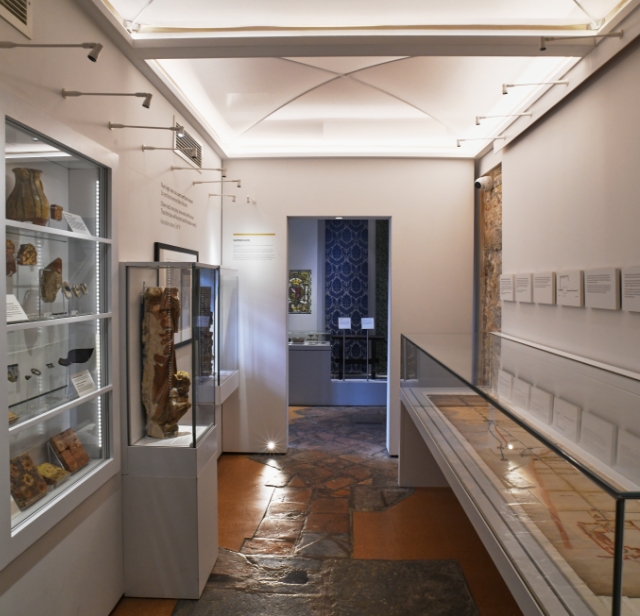The Charterhouse
The Charterhouse is a historic landmark in London that has played a significant role in the City's history for over 600 years.
Situated in the heart of Clerkenwell, the Charterhouse is a complex of buildings that includes a chapel, a library, and a museum. Originally founded as a Carthusian monastery in the 14th century, the site has been used for various purposes, including as a private mansion, a school, and an almshouse.
The history of the Charterhouse dates back to the 14th century when it was founded as a Carthusian monastery. The Carthusians were a Catholic monastic order who lived a solitary and contemplative lifestyle, spending much of their time in silence and prayer. The Charterhouse was one of only nine Carthusian monasteries in England, and it quickly became known for its austere lifestyle and commitment to spiritual contemplation.
During the 16th century, the Charterhouse became caught up in the religious turmoil of the English Reformation. In 1534, King Henry VIII broke away from the Catholic Church and established the Church of England, which led to the dissolution of the monasteries. The Charterhouse was dissolved in 1537, and the monks were forced to abandon their way of life. The monastery was then converted into a private mansion, and over the next few centuries, it was owned by various wealthy families.
In the 19th century, the Merchant Taylors' Company purchased the Charterhouse, one of the City of London's great livery companies. The Merchant Taylors' Company had initially been granted a royal charter in 1327. Over the centuries, it had become one of London's livery companies' most influential and powerful. The Charterhouse became the Company's headquarters, and it was extensively refurbished and renovated to reflect its new role.
During the 20th century, the Charterhouse served as a school and a public library before being converted into an almshouse for elderly men in the 1970s. Today, the Charterhouse is a fascinating historical site that offers visitors a glimpse into the City's rich past. The complex includes a chapel, a library, and a museum, all of which are open to the public. The chapel at the Charterhouse is one of the site's most impressive features. Built in the 14th century, it has been extensively renovated over the centuries, but it still retains much of its original medieval character. The chapel features a magnificent stained-glass window and an impressive vaulted ceiling, both of which are well worth seeing. The chapel is still used for regular services and is a popular venue for weddings and other special events.
The library at the Charterhouse is another highlight of the site. It contains a vast collection of books and manuscripts that date back to the medieval period. Many of the books in the library are extremely rare and valuable, and they provide a fascinating insight into the history of the Charterhouse and the wider City of London. The library is open to the public, and visitors can browse the shelves and explore the collection at their leisure.
The museum at the Charterhouse is also well worth a visit. It tells the story of the site's long and varied history, from its origins as a Carthusian monastery to its current role as an almshouse for elderly men. The small yet modern museum features a range of exhibits, including artefacts from the monastery's medieval past, items from the Charterhouse School, and displays relating to the site's current use as an almshouse.
In addition to its historical significance, the Charterhouse is also a beautiful and tranquil place to visit. The complex is set within four acres of peaceful gardens, which offer a welcome respite from the hustle and bustle of central London.

